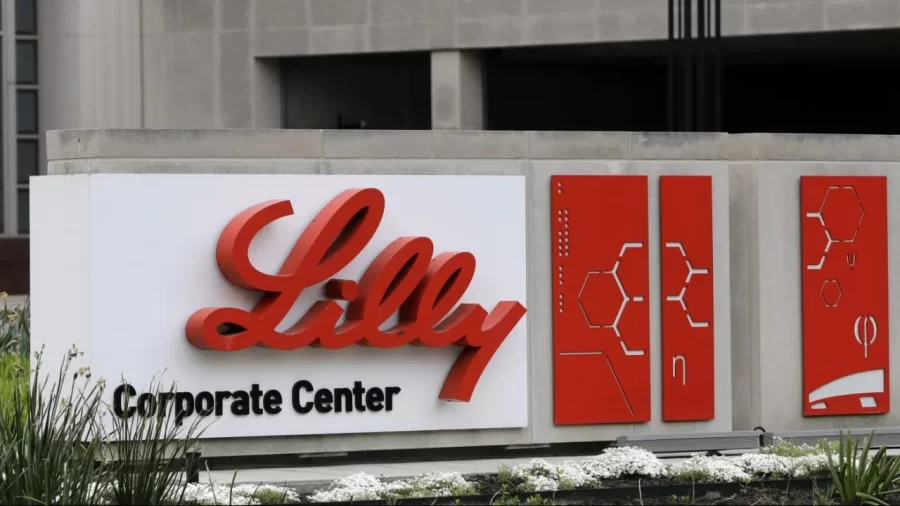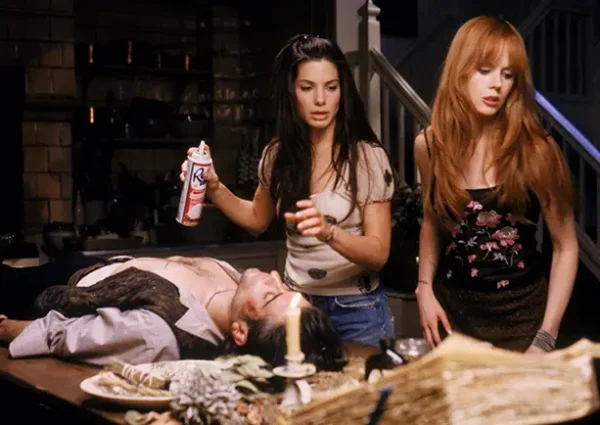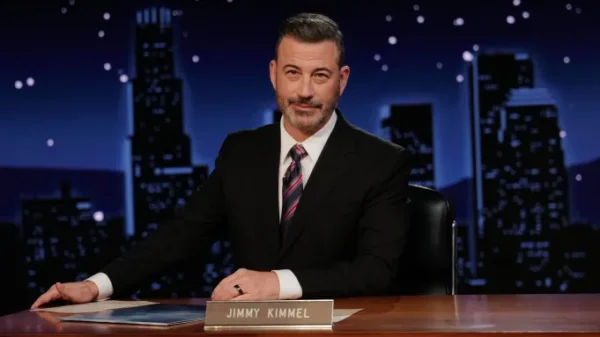Eli Lilly caps insulin cost for customers at $35 per month
March 20, 2023
As the cost for necessary everyday items increases in America due to inflation, the healthcare industry experiences a rise in cost as well. This ushered the pharmaceutical company, Eli Lilly, to lower the cost of insulin, a hormone that helps glucose in the body be absorbed so it can be used as energy, by 70 percent, capping what individuals would pay out-of-pocket at $35 per month. This would help millions of Americans with diabetes in the U.S. gain affordable access to this life-saving hormone.
More than 37 million individuals have some form of diabetes, and a third of those require insulin to manage it. Danielle Dexter, lead nurse practitioner at Caraway, a digital healthcare company for Gen Z individuals, stated, “From 2001-2017, there was a 45 percent increase in type 1 diabetes and a 95 percent increase in type 2 diabetes among people under age 20. Type 1 diabetes is the most common type of diabetes among this population and always requires insulin.”
In August 2022, President Joe Biden signed the Inflation Reduction Act to help health care become more accessible for a range of people with varying income levels. This became effective in Jan. of this year when insulin prices were capped at $35 for older individuals with Medicare insurance.
Insulin in America is very expensive, and many struggle to find the hundreds or even thousands of dollars it costs to afford it. The reason why insulin has such high costs is due to a process called “evergreening,” in which companies attempt to lengthen the period of their patent by altering an aspect of their product, thereby complicating the supply chain, and providing the drugmakers with the copyright to set the market cost, causing prices to rise tremendously.
Pritha Dutta, Business Analytics professor at the University, commented on how the high price of insulin and their supply chains have been under scrutiny for a long time. “The announcement by Eli Lilly could have major policy implications that could make insulin more affordable across the U.S. This could prompt policy makers and legislators to create a federal cap on prices of diabetes medicine and investigate in depth the role of the Pharmacy Benefit Managers (PBMs).”
Dutta added, “In 2018 only 47 percent of the insulin revenue went to the manufacturers while the rest went to the PBMs. It is important to study the insulin supply chain and identify areas from where cost-cutting is feasible. Eli Lilly’s decision also puts pressure on its competitors to lower their prices. Some experts believe that this drastic reduction in price will save Eli Lilly millions of dollars that it would have had to pay in rebates to state Medicaid programs due to a federal rule that penalizes companies charging Medicaid high prices for older branded drugs taking effect in 2024.”
Eli Lilly’s most prescribed insulins are Humalog, which is fast-acting, and Humulin, which is slow-acting. Both are going to experience a price drop of 70 percent starting in October. By May, the generic version of Humalog will be cut down to $25 a vial. This is a significant decrease in price given that a 2018 estimation found that the average listing price for a single vial of insulin in America was $98.70 and given that many patients require at least two to three vials each month. Insulin in the U.S. is almost 10 times higher than the average price in other countries.
David Ricks, the CEO of Eli Lilly, said that the price cap decision came after much pondering between the company and government members, further explaining that both he and the company believe that patients should not have a frustrating encounter at their pharmacy and encounter fair and consistent prices. Due to competition and the political climate, other pharmaceutical companies are beginning to discuss ways where they could also implement affordable prices to the market while maintaining a good profit margin as well.











